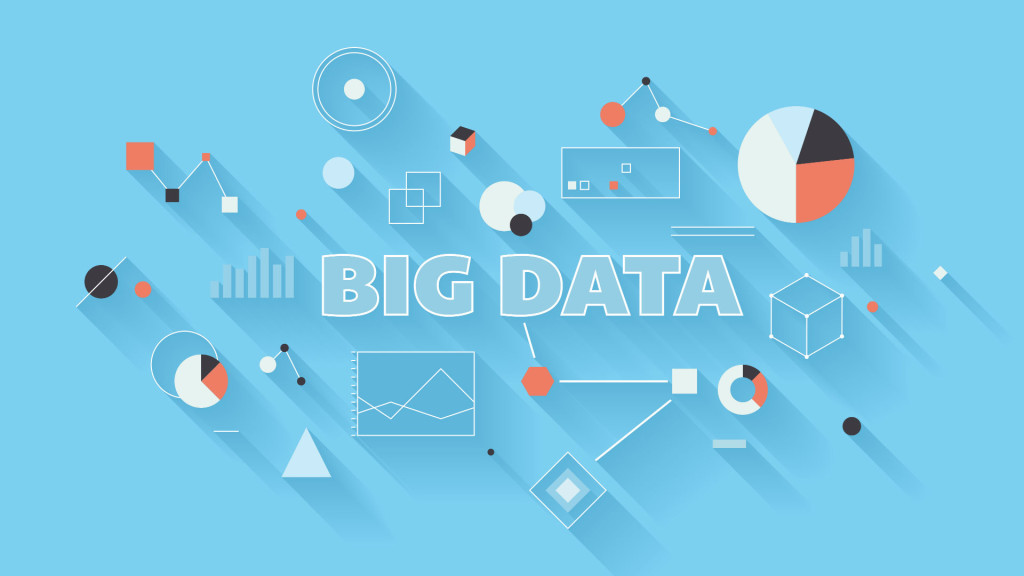2016 has been a phenomenal year for the world of data analytics. With the acquisition of LinkedIn by Microsoft there’s no denying that data either social, business or otherwise is king. More recently, human capital management giant Workday acquired Platfora, a data cleansing and analysis start-up. Evidently being ‘data driven’ has become as much a part of the furniture of corporate organisations as cloud computing. And now that we’ve all gotten to terms with not just saying but being productive ‘on the cloud’; it’s time to delve into what is happening right now in our data driven global economy.
Seeing as we’re working across sectors in data analytics and insights here’s Alternatives take on all things data; posing the question are you on trend?
Taking strides as an I.D.O. (Insight driven organisation)
In February Alternatives ran an event with major organisations who have taken unapologetically forward thinking approaches to analytics and one message was clear; “do it or be left behind”.
Ultimately the draw of big data is its value in informing decision making and enabling management as well as senior leaders to convert insights into action. An IDO successfully incorporates analytics and insights across most decision making processes and the potential is staggering.
The rise of the Chief Analytics Officer(s)…
At senior level the data science world is seeing major reform from the top down.
While our American cousins across the water have really taken to the concept of CAO as Forbesas reported in 2013; it is no secret that at board level, there has never been a better time to make room for analytics at the table.
Incorporating data analytics at a strategic level has proven pivotal for big brands and that’s not confined to the world of marketing. As technology infrastructures have moved to cloud-based platforms to increase business speed and agility, the capacity to deliver real-time business intelligence has become more and more critical.
2016 will be the year that the definition for business intelligence shifts, from on-premise solutions delivering rear-window insights to solutions that deliver continuous intelligence in real-time. Senior leaders know this and accordingly the need for leadership with regard to the utilisation of big data across the business is firmly in view – after all; big data doesn’t make decisions – leaders do.
Hiring, creatively
If the rise of the CAO is not telling enough; what can be said for the growing demand for data analysts, data scientists and architects? Organisations are not only utilising more providers for the provision of analytics talent but also developing internal programmes in response to a growing gap in analytics talent.
The International Data Corporation (IDC) predicts a need for 181,000 people with deep analytical skills in the US alone by 2018 and a requirement for five times that number of positions with data management and interpretation capabilities.
Companies are accepting that advertising analytics roles will not deliver – the ‘war for talent’ is very real. Alternatives have noted an increase in willingness to hire away from outside of core sector amongst its clients. Hiring creatively has worked well in telecoms and in the financial services markets where traditionally industry specific knowledge was a prerequisite.
Visualisation3
Analysing data is fantastic; telling stories with it however is powerful. It will come as no surprise that the rise in demand for scientists and analysts is linked with the need to present data in meaningful ways. Enter the era of ‘visual analytics’
Scientists in particular are adept at not only analysing data but also helping others to make sense of it by weaving it into a narrative that can be used to impart understanding and drive action.
In terms of visualisation; organisations in 2016 are seeing a need to make the presentation of data more interactive placing heavy emphasis on quality over quantity. Visualising this data in an effective, creative way, such as in exciting visuals, interactive diagrams and 3D environments, will give more relevant, understandable information.
Global IT experts Garner make a compelling argument for urgency in investment in visualisation technologies and it’s surprisingly simple; Business users are expecting more of enterprise applications in terms of how the work and the flexibility provided to enable users to have a similar UI/UX to that of the applications used in their personal lives. In essence, as we continue to let devices or the ‘internet of things’ permeate our daily existence- simplification of complex data into digestible actionable visuals is critical. If terms like Tableau, SAS, Qlikview don’t ring a bell – perhaps it’s time to check your data analytics visualisation agenda!
So there you have it. Data analytics continues to evolve at a rapid pace. The question remains however – are you being left behind?
